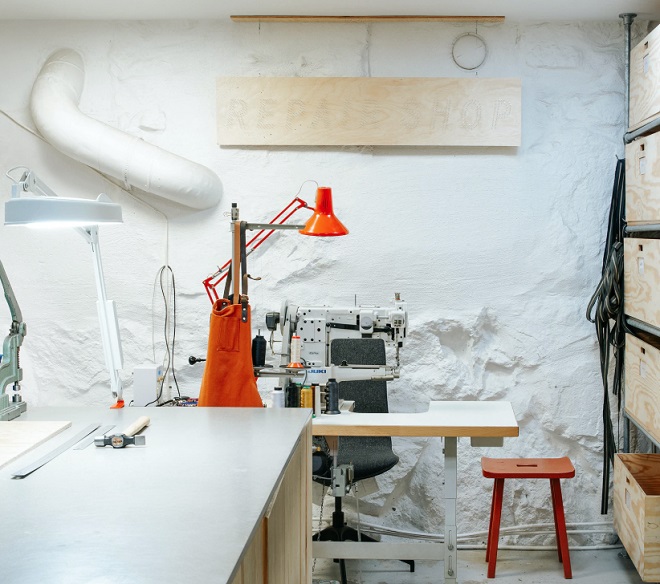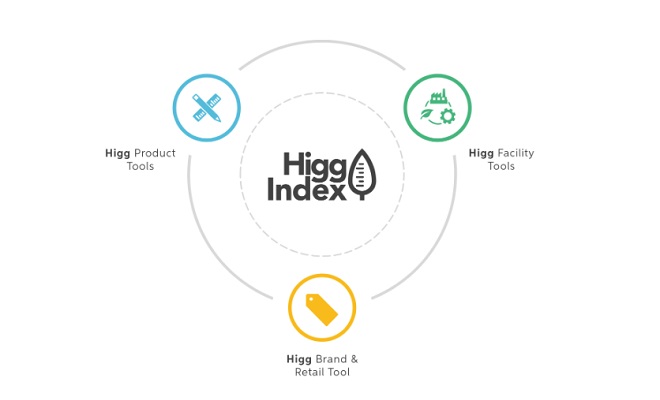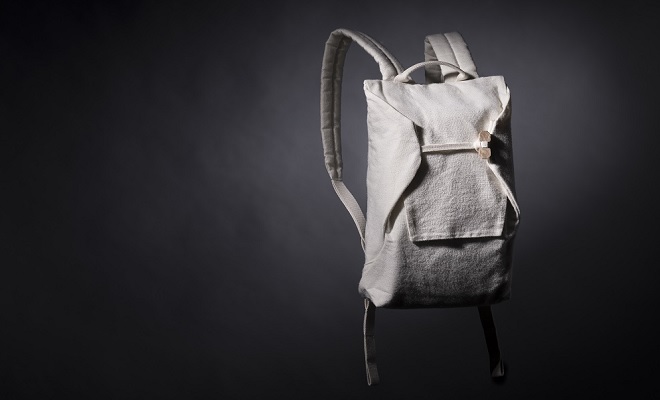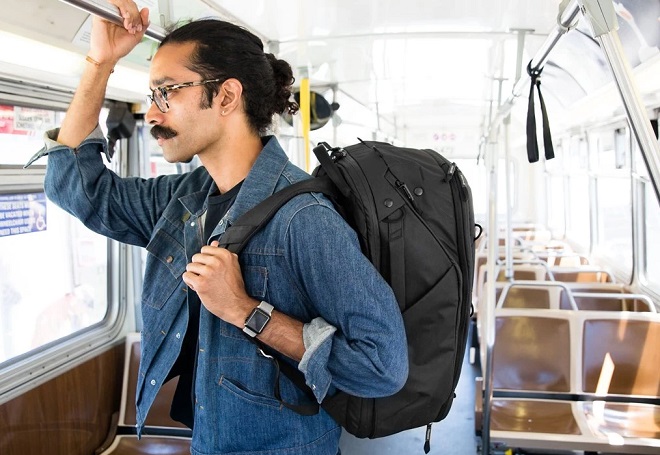Green Guide: How To Make Better Choices
In this fourth and final installment of the Carryology Green Guide, we wrap up what it means to carry sustainably and what you can do to help. In part one we took a sustainability crash course, part two traced the supply chain of a single bag, from its raw materials through to its end of life. And part three zeroed in on what the industry is doing to improve. Now over to you, the customer and how you can make better choices.
We’d obviously recommend reading the preceding three parts of this Green Guide for more context. We’ve discussed a lot of different ways to tackle and measure sustainability, from materials, to manufacturing models and accreditations. The main thing is to ‘start anywhere’ with improving your purchasing. That could mean picking out aspects that resonate most with you, or simply referring to this list of questions and tips next time you are considering a new bag.
Before you buy:
Can you repair your current bag? If you are feeling the make-do-and-mend vibe, there are plenty of resources online to help you repair your own bag. The longer you can keep your bag in use, the less raw materials you consume (which is where the majority of environmental impacts come from in a bag’s lifetime).
Many repairs can be done with a simple sewing kit. It can also be a neat way to personalize your bag with patches, decorative stitching or contrast materials. Or to do modifications and make your bag even more functional.
Check out the Carryology guide here. If you cannot repair your bag, perhaps the brand can? Brands like Patagonia, Osprey and Sandqvist to name a few, offer repair services. Repair often comes hand in hand with a lifetime warranty so it is always good to check this out before purchasing.
If not by the brand, then you could try a local repair service in your area. If your product cannot be repaired, or it is a manufacturing defect, check the warranty and see what your relevant consumer protections are.

Do you even need a ‘new’ bag? Can you reduce your individual consumption by using a rental or share program? Or can you purchase via ‘re-commerce’ channels? How about a bag swap? Rental platforms exist for all types of bags, from luxury handbags to rolling luggage.
Check out Rentluggage.com for travel gear or REI rentals for speciality outdoor packs. Sites like Renewal Workshop, Carryology Classified on Facebook or secondhand or vintage marketplaces offer opportunities to buy repaired seconds or second-hand bags.
Or try a swap. Freitag offers their customers this option via their S.W.A.P (Shopping Without Any Payment) program. Signing up to this free Tinder-style platform allows you to swap Freitag bags with other users in a fun way. All of these options hark back to our main point – producing less bags and keeping bags in use longer consumes less materials and reduces environmental impact.
Purchasing Tips:
Your dollar is your vote. Supporting brands that are working toward a more sustainable future is the most powerful way to encourage further investment. Read up on the brands you are interested in. Look for third-party accreditation to ensure the brands’ best intentions are real and measured.
A few examples of materials accreditations include GRS (Global Recycled Standard), GOTS (Global Organic Textile Standard), or bluesign® which covers materials, chemicals, emissions and consumer safety.
Other programs look at broader business impacts and provide online scores or product labeling. Some of these include B Corp and Climate Neutral and in the future keep an eye out for HIGG Index scores that cover social and environmental aspects at a product level.

Fit for purpose buying. Be realistic about your needs. Buying a high-tech outdoor bag for school might seem cool but all the coatings and additional materials and trim generally will increase the environmental impact.
Buying for versatility. Is it possible to find one bag that does several jobs for you? Is the bag design flexible enough to use for work, weekends, and travel? Or is it a travel piece that can expand, suiting both carry-on and checked-in needs? Buying for versatility will also help you get a better ‘cost per use’ from your purchase.
Buy less, buy better. Investing in a piece that you’ll still have in ten years is also about choosing a style you’ll still be proud of then. Timeless styles and durable materials often patina well and wear in, not out. If you’re paying a premium, also check that good after-sales service and warranty terms are reflected in the price.
Buy local. Is there an option to buy a domestically produced bag? There is the obvious but relatively small environmental impact ‘saving’ on global transportation. Often a lot of the materials will have made that journey, rather than the finished bag. Aside from transportation, local makers have often invested in great materials, oversee the production and quality directly and manage the waste stream.
Buy the system. Buying into circular products and materials means that the loop closes and your bag will be an input for another product, not landfill. Buying a product like the Bergans example helps make this future a reality.

Using your gear:
Use well. Proper care of your bag will extend its useful life. Clean per the manufacturer recommendations and use the appropriate care products for your materials.
Pack and travel smart. Some of the smaller product impacts are in-use. Try traveling light or going carry-on only. Apart from the reduced environmental impact of the plane not carrying your extra weight across the world (when we can do that again), you will only need to buy one piece of luggage.

End of the line:
Can I recycle it? What can you do when your bag has finally reached the end of its useful life and cannot be repaired, sold or donated? At the moment we can’t find many ways to recycle bags at the consumer level. Sadly, the majority are ending up in landfill. This is mostly due to the complex array of materials in bags and the difficulty of separating them. The bright spot on the horizon is that brands are starting to collaborate more on mass scale product take-back programs. Some exciting designs for disassembly are also emerging, like meltable threads. Mono-material bags that can be recycled without disassembly are starting to be made, as well as a resurgence in natural materials that will biodegrade.
Use your voice. Push brands to take back a product and recycle it, it is much easier to implement at scale. When more brands start to manage their product at the end of life, we are going to see rapid progress in reducing impacts.
If you chose a circular product or material. Send it back to be remade!
In the end reducing your impact is about reframing your relationship with products. Seek out responsible brands and start to consider yourself as a custodian of resources rather than a consumer of them.
This article was written by Sheena Denmead, industrial designer at Make it Better Co





 Carry Awards
Carry Awards Insights
Insights Liking
Liking Projects
Projects Interviews
Interviews












